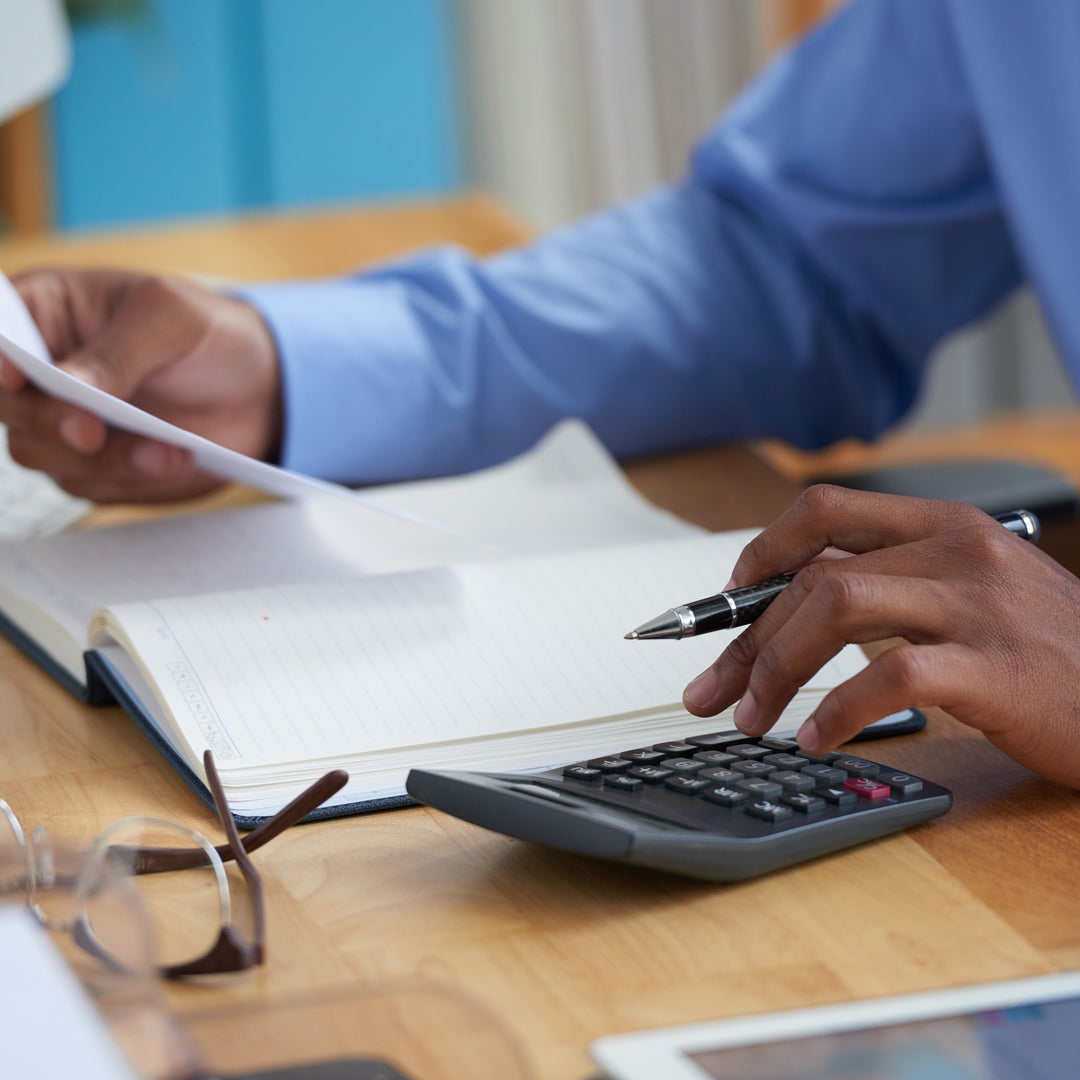What is Dividend Yield?

When you are investing in a particular stock, you want to know as much as you can about its potential financial performance. While you might pore over stock price information and company fundamentals (such as income and revenue), another aspect to consider is the dividend yield. Let’s find out how that figure can help you better understand a company’s investment potential.
What is a dividend?
Before we dive into what a dividend yield means, let’s cover what a dividend is. A dividend is a payment made to shareholders by some companies and funds from their earnings. Consider it a bonus on top of any returns just for owning their stock or fund.
Not all companies offer dividends, of course. You’re more likely to see this practice in a company that’s more established and therefore doesn’t need to reinvest as much of its profits into growth activities that fund expansion, like product development or entering new markets. Often you’ll see dividends from what are known as blue chip stocks. There is not typically as much growth potential with these mature companies so offering a dividend is another way they can reward their investors.
What is a dividend yield?
So, now that we know what a dividend is, we can move onto what a dividend yield is. Put simply, it’s a figure that tells how much a given company pays shareholders over the course of a year for owning a share of its stock in relation to its current stock price.
How do I calculate a dividend yield?
Here’s how a dividend yield is expressed as a mathematical formula:
Annual dividend ➗share price x 100 = dividend yield
It’s important to note that the “annual” dividend figure used in the calculation can be derived one of three different ways:
-
It could be the total dividends paid during a company’s most recent fiscal year.
-
It could be the most recent quarterly dividend multiplied by four, or a monthly dividend multiplied by 12.
-
It could be the total dividend paid over the past four quarters.
Investors usually use the first method—the total dividends paid during a company’s most recent fiscal year—if the annual report was recently released. But the further away you are from those figures, the less accurate that will be as an up-to-date picture.
That’s when it’s best to employ one of the other two methods to get a solid handle on what the current dividend yield is for the selected stock. Keep in mind, though, that if you use the second method, not all companies pay an equal quarterly dividend. Some might give a similar quarterly sum and then a larger annual payout.
Here’s how it would look for a sample company:
$1 (annual dividend) ➗ by $50 (share price) x 100 = 2 percent dividend yield
But if a company that had a $50 share price was paying $2 in its annual dividend, the dividend yield would double to 4 percent, a potentially more impressive investment.
If you’re trying to figure out how successful a certain stock has been, you’ll want to figure out how much the stock went up plus the dividend yield to figure out your total return. For example, if a stock went up 8 percent and your dividend yield is 3 percent, then your total return is 11 percent.
What's a good dividend yield?
We’re back to that same old answer to almost every investing question. If you’re wondering what’s a good dividend yield, the answer is, “It depends.”
That starts with the fact that many companies don’t offer dividends at all, which effectively makes their dividend yield 0 percent. Of course that doesn’t mean the stock is one to be avoided: It just means it’s best for investors who have different goals.
For example, if you are a more aggressive investor, you’re likely looking for high-growth stocks, which are typically companies that are going to be reinvesting their profits into the company, rather than offering dividends. It’s just a different investment strategy, one that isn’t designed for steady investment income potential.
But if you’re looking at a company that does offer dividends, you will likely see that the trends in dividend yield mirror the company’s stock price. That’s because most companies try to keep their dividend payment relatively stable, which means that dramatic changes in dividend yields typically indicate the stock price is rising or falling.
As noted in the example above, some companies tend to pay higher dividends, making their dividend yield commensurately higher. If you’re hoping to derive more income from your portfolio, these companies would make attractive options, assuming their dividend and stock price trends continue.
It’s also important to note that there are other asset classes in addition to stocks that offer dividends. These include real-estate investment trusts, more commonly known as REITs; master limited partnerships (MLPs), which are business ventures that exist in the form of a publicly traded limited partnership; and business development companies (BDCs), which are investment companies that help small companies meet their capital needs.
The reason that these investments tend to pay higher-than-average dividends (and thus dividend yields) is because of how they are structured: They are known as “pass-through” companies, which means that they are required to pass most of their income “through” to shareholders. For them, it offers a tax benefit in that they don’t have to pay income taxes on these profits that they distribute as a dividend to shareholders (although the recipient will have to claim them as income, as they would any dividend).
And finally, when considering what’s a good dividend yield, remember that in tough times (such as the current market downturn triggered, in part, by the coronavirus pandemic), companies tend to lower their dividends, which can not only hamper your investment income but can cause the stock price to decrease from unhappy shareholders.
What else do I need to know about dividend yields?
The most important thing to consider with dividend yields is that it is giving you a window into how a particular company is using its profits—whether it’s reinvesting them into the company in a growth mode or returning them to shareholders in the form of a dividend, which is where you derive your dividend yield. Either strategy can make sense in your investment portfolio.
One way to reap the advantages of stock market growth is to reinvest your dividend back into the stock, which means that each time the dividend yield goes up, your investment does, too.
And keep in mind that you have to be careful when assessing a dividend yield based on the previous quarter since not all companies pay equal quarterly dividends.
Remember that investment strategies are individual, so there is never a “one-size-fits-all” model. Your best bet is to make sure that your portfolio is diversified, and that might include both dividend-paying and non-dividend-paying investments.
Investors should consider their appetite for risk, timeline, financial goals, preferred asset mix and need for income to determine if an investment that offers dividends—and thus dividend yields—is right for them.
This material has been presented for informational and educational purposes only. The views expressed in the articles above are generalized and may not be appropriate for all investors. The information contained in this article should not be construed as, and may not be used in connection with, an offer to sell, or a solicitation of an offer to buy or hold, an interest in any security or investment product. There is no guarantee that past performance will recur or result in a positive outcome. Carefully consider your financial situation, including investment objective, time horizon, risk tolerance, and fees prior to making any investment decisions. No level of diversification or asset allocation can ensure profits or guarantee against losses. Article contributors are not affiliated with Acorns Advisers, LLC. and do not provide investment advice to Acorns’ clients. Acorns is not engaged in rendering tax, legal or accounting advice. Please consult a qualified professional for this type of service.








